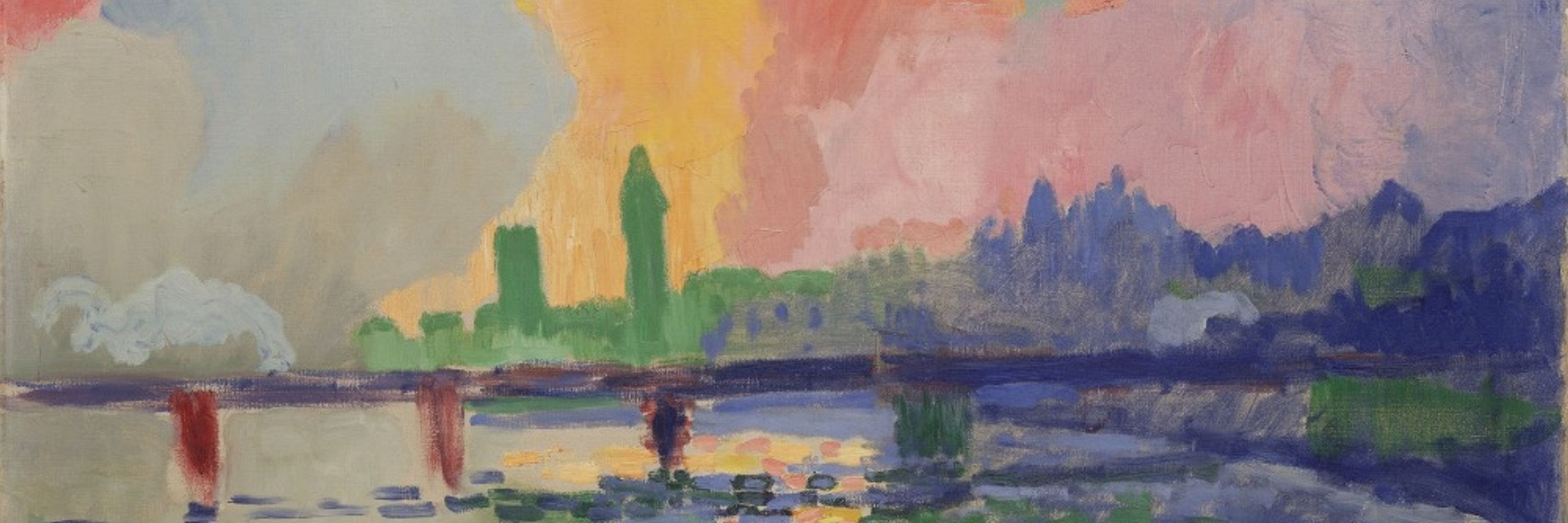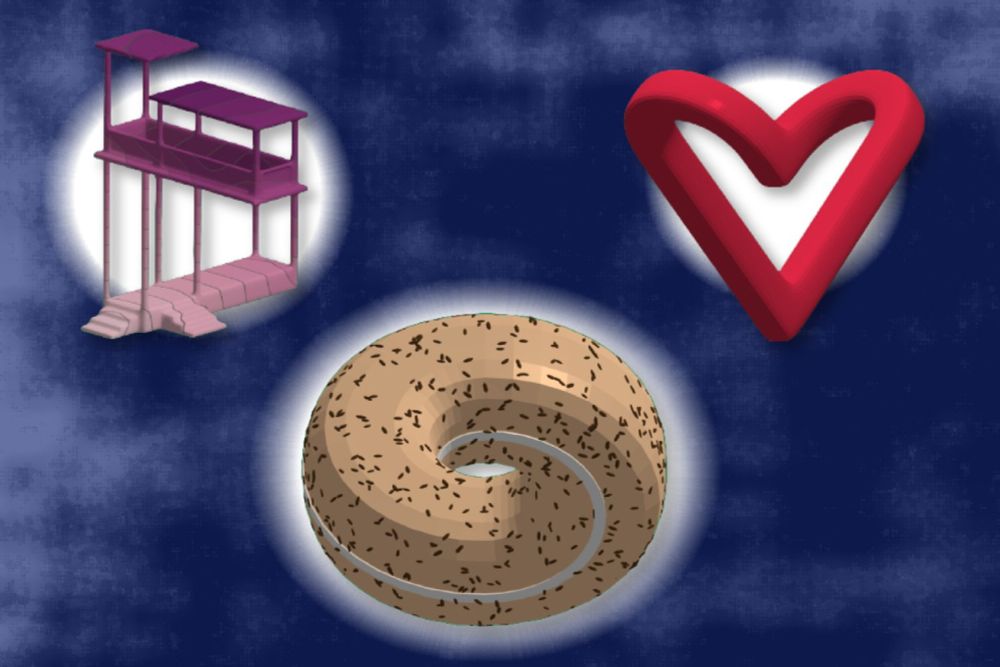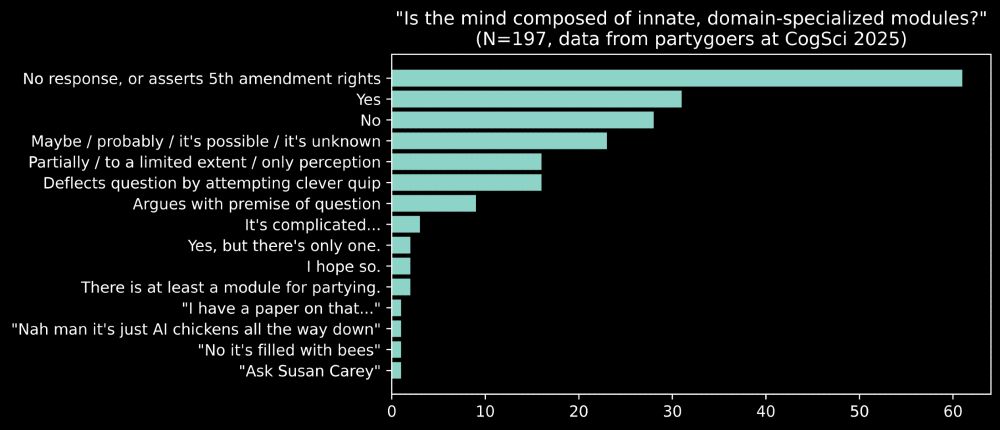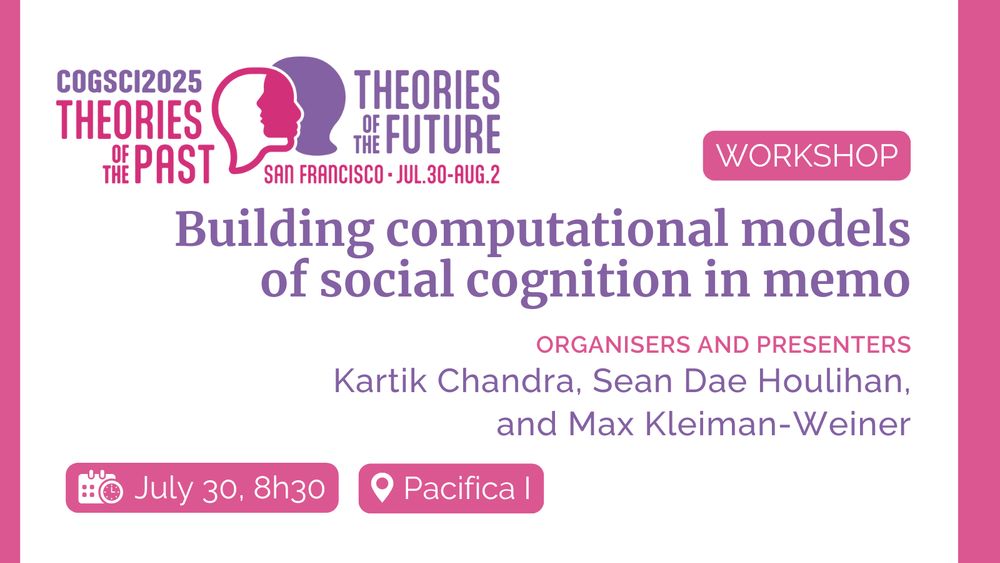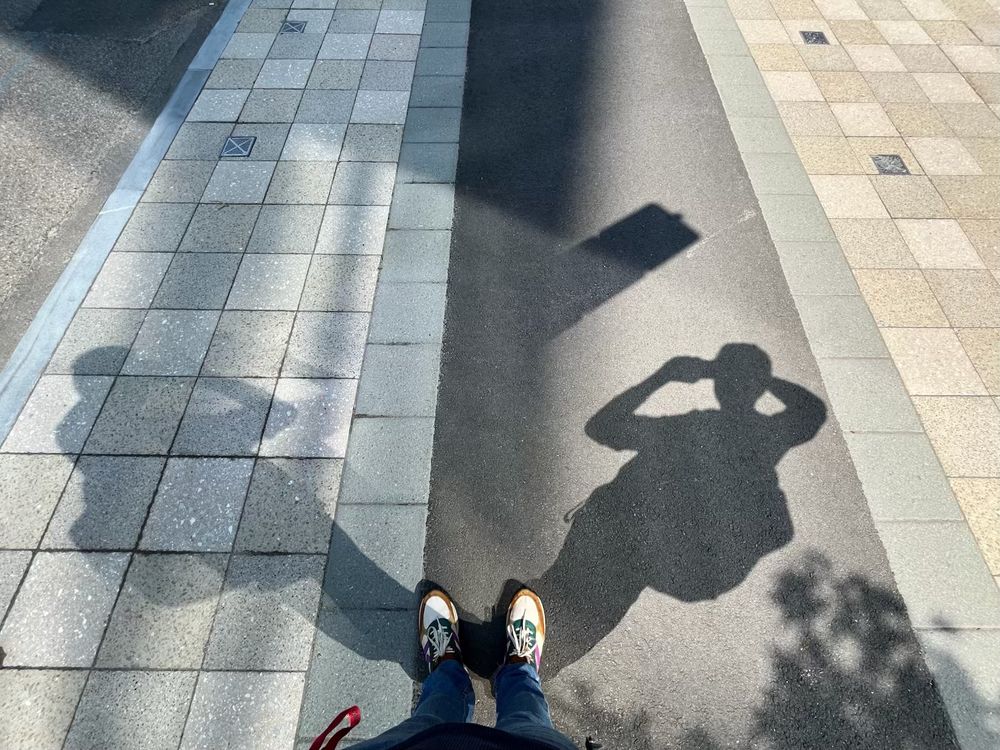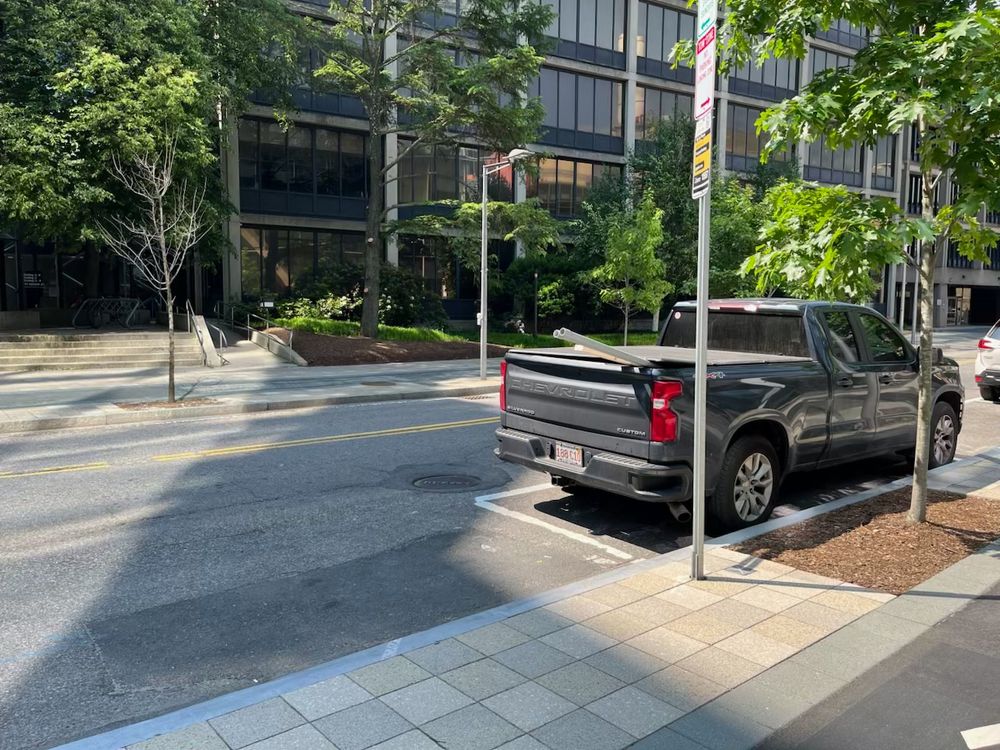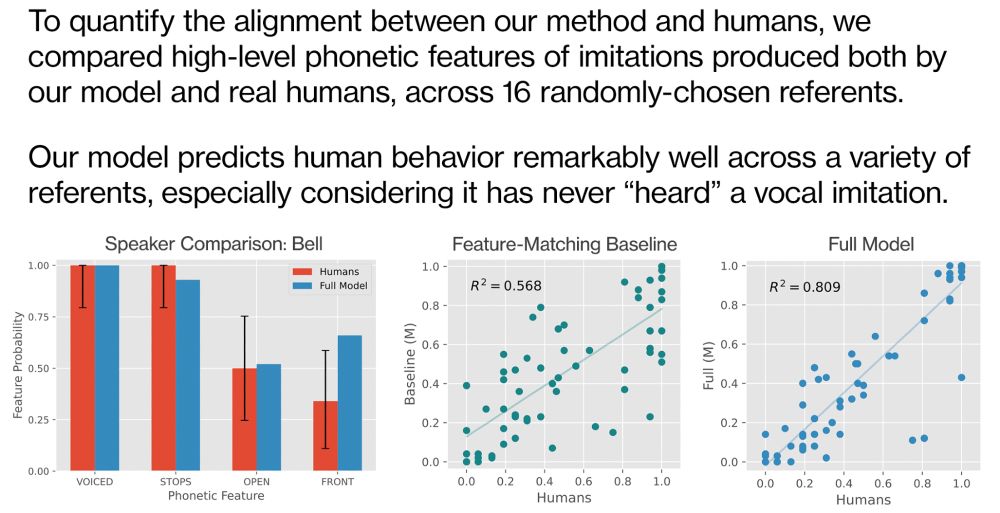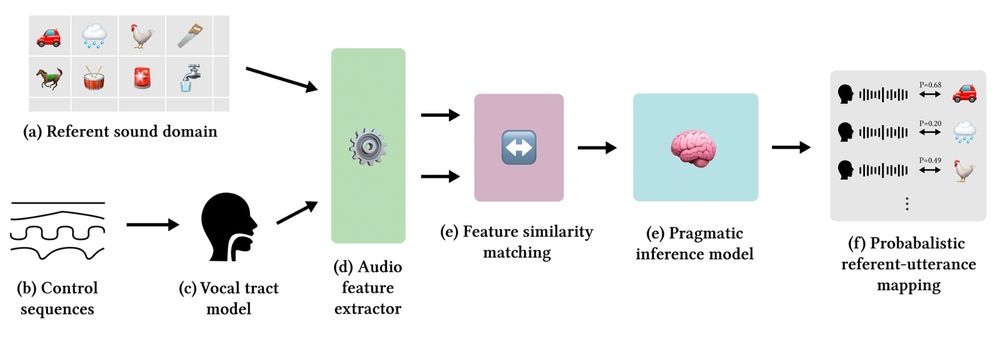Kartik Chandra
@kartikchandra.bsky.social
1.3K followers
100 following
37 posts
I'm a PhD student at MIT CSAIL.
More about me: https://cs.stanford.edu/~kach
Posts
Media
Videos
Starter Packs
Kartik Chandra
@kartikchandra.bsky.social
· Jul 22
Kartik Chandra
@kartikchandra.bsky.social
· Jul 18
Kartik Chandra
@kartikchandra.bsky.social
· Jul 18
Kartik Chandra
@kartikchandra.bsky.social
· Jul 18
Kartik Chandra
@kartikchandra.bsky.social
· Jan 31
Kartik Chandra
@kartikchandra.bsky.social
· Jan 31
Kartik Chandra
@kartikchandra.bsky.social
· Jan 31
Kartik Chandra
@kartikchandra.bsky.social
· Dec 18
